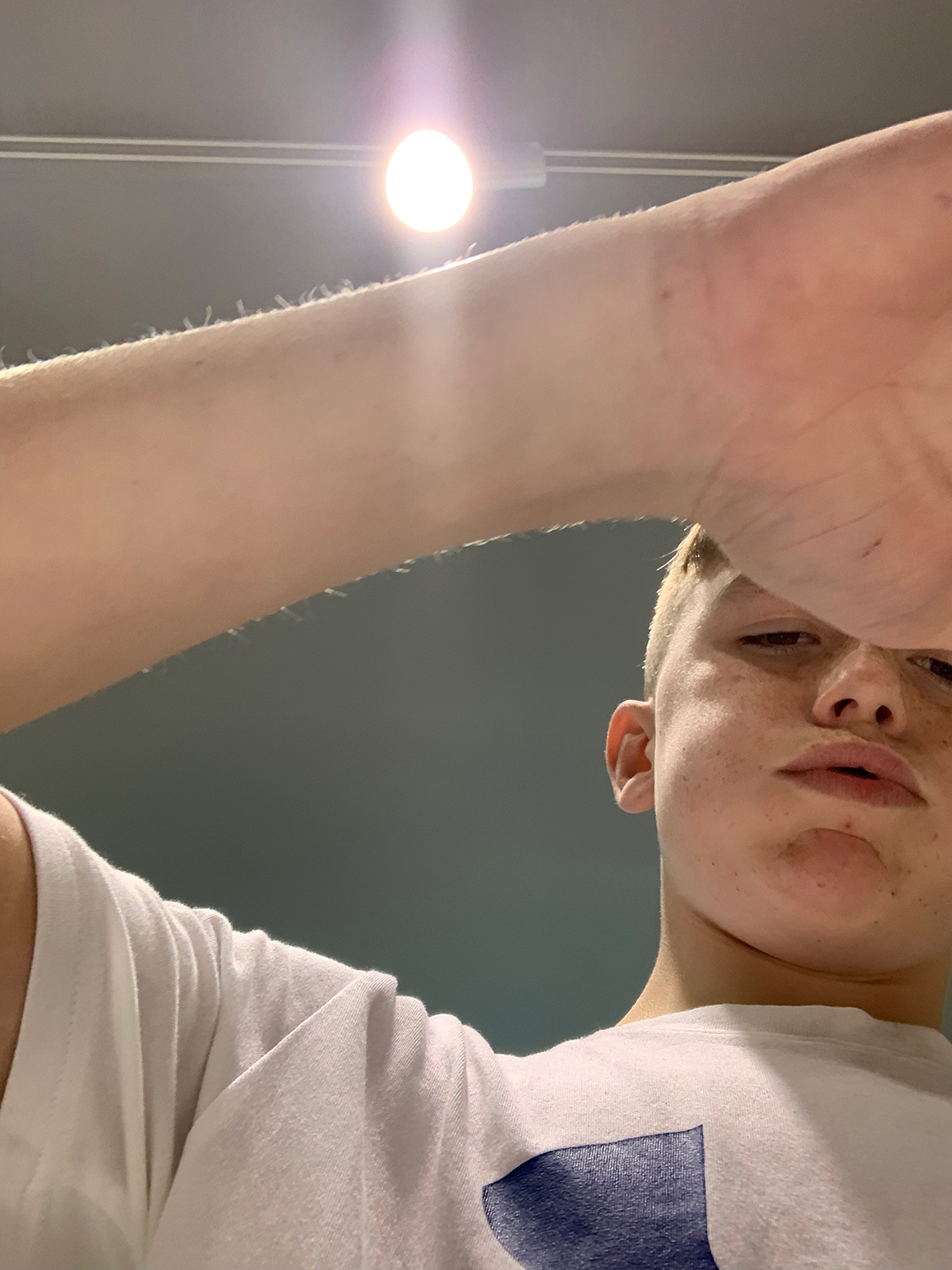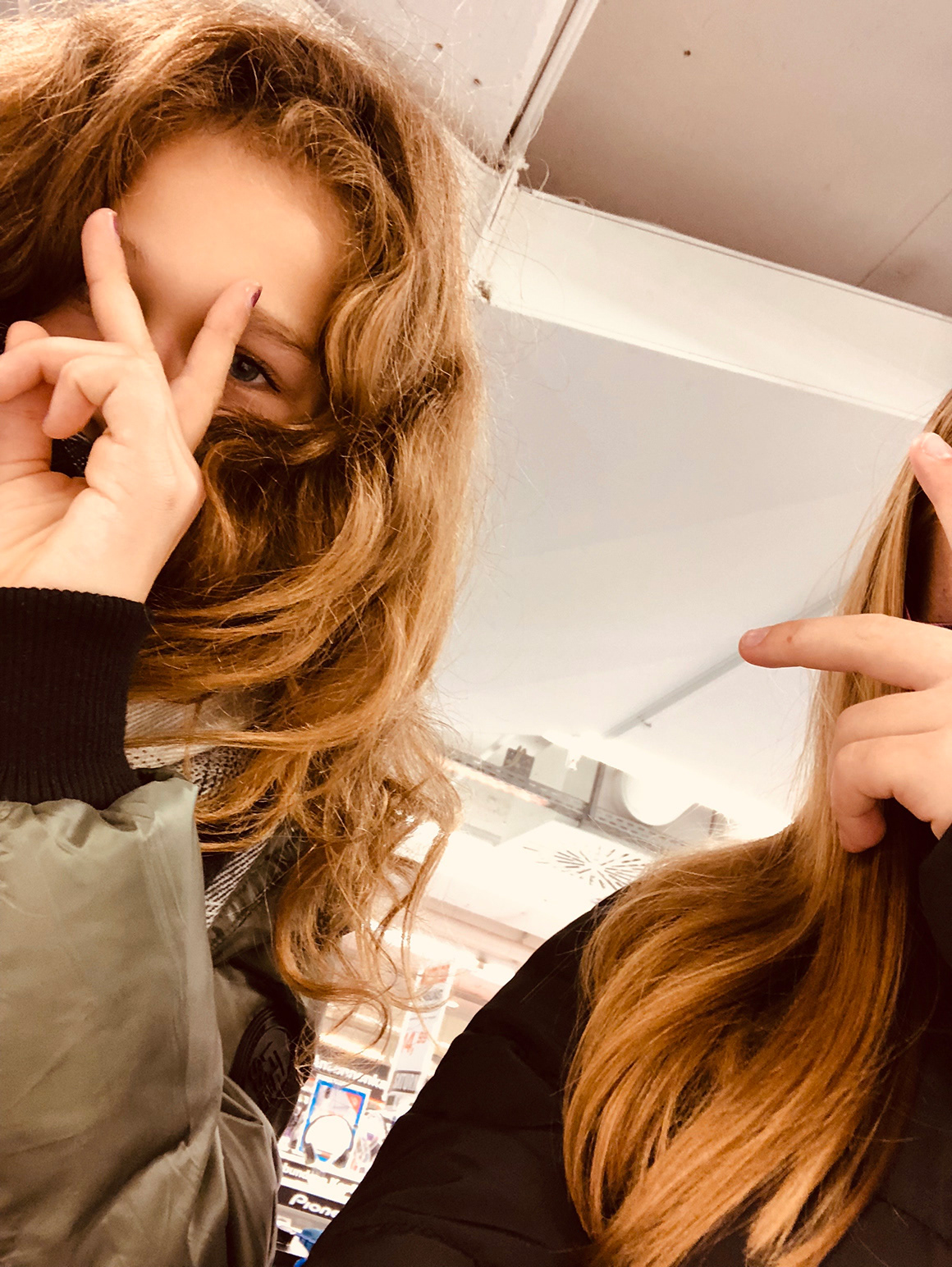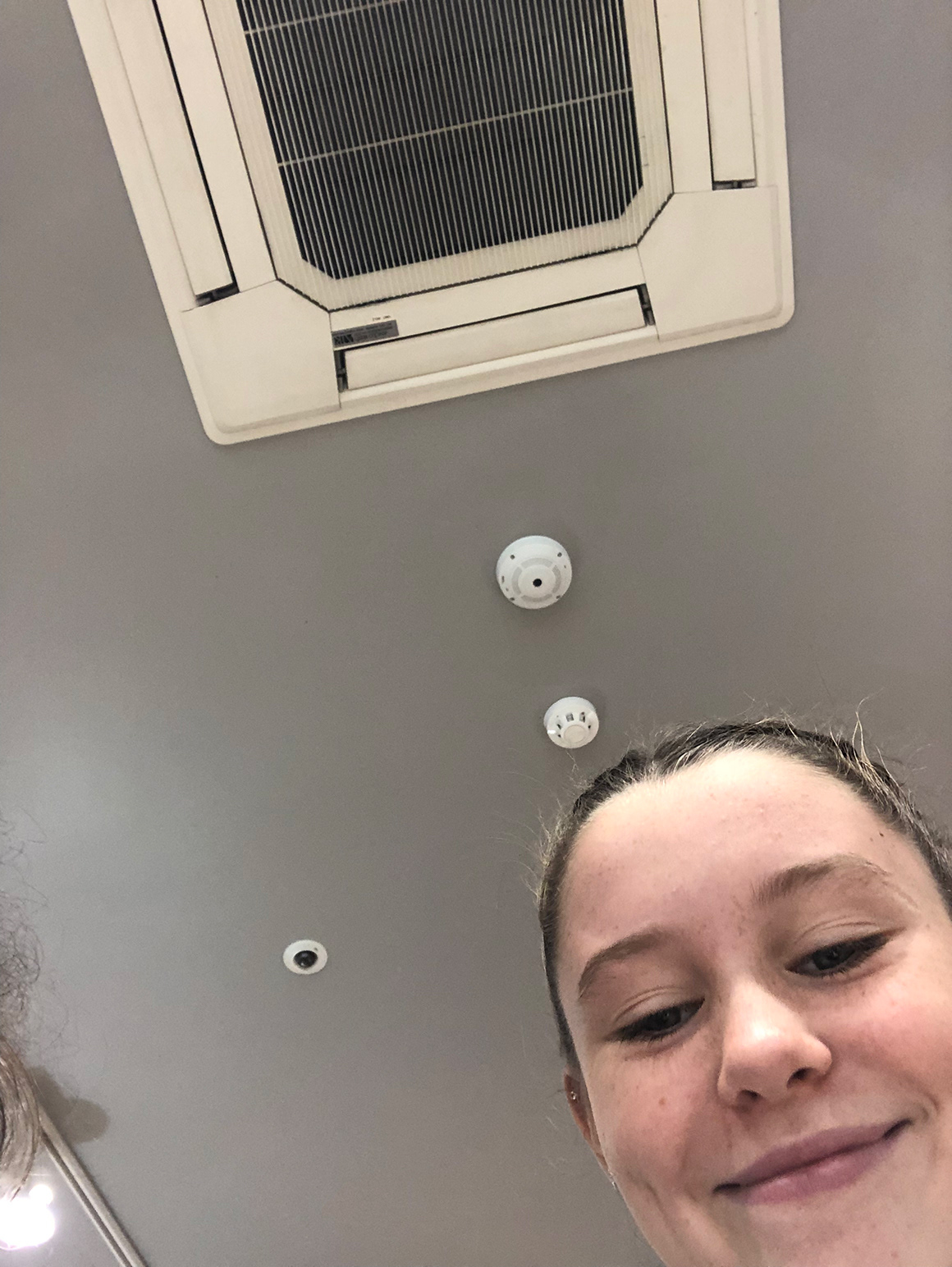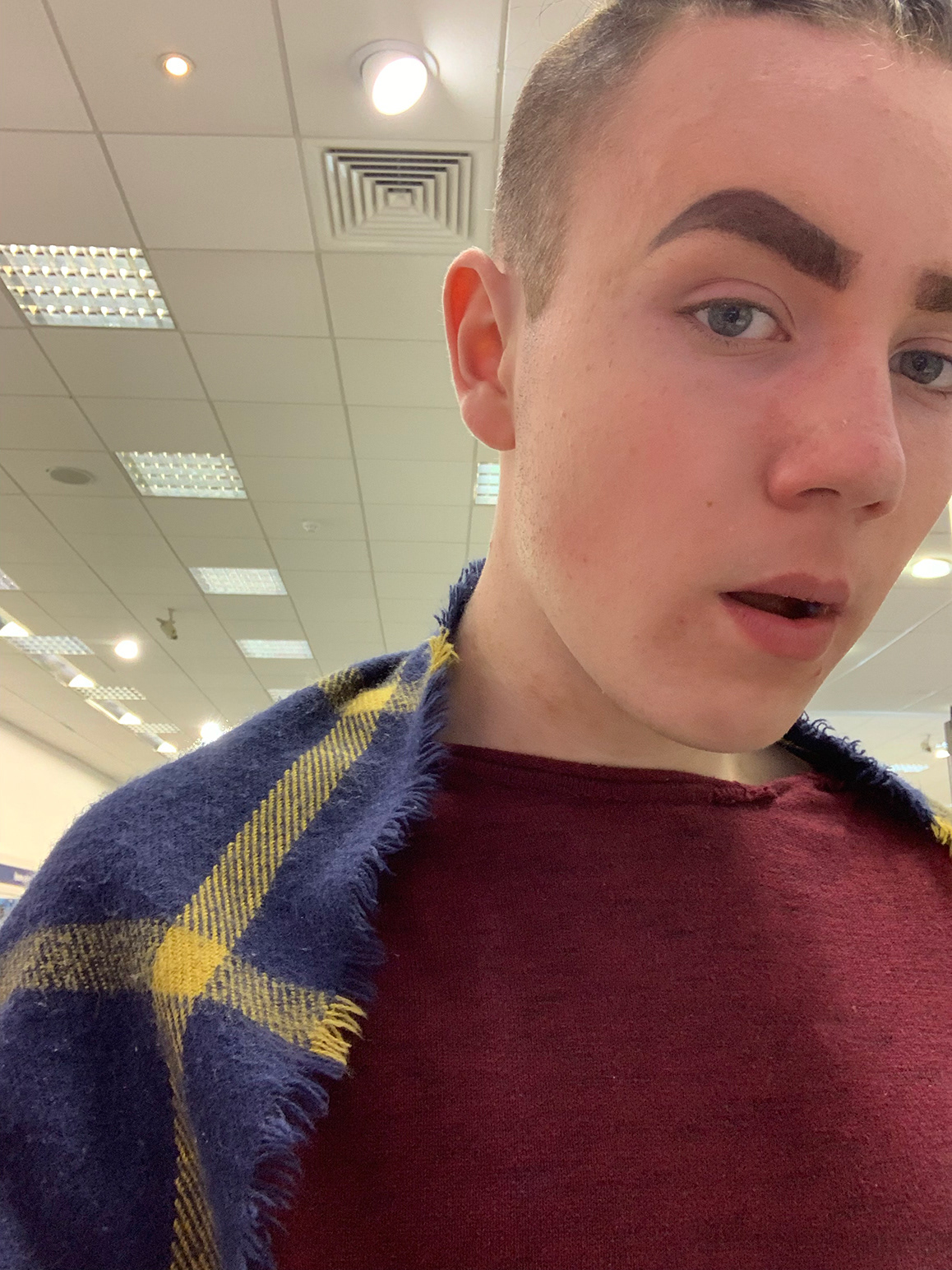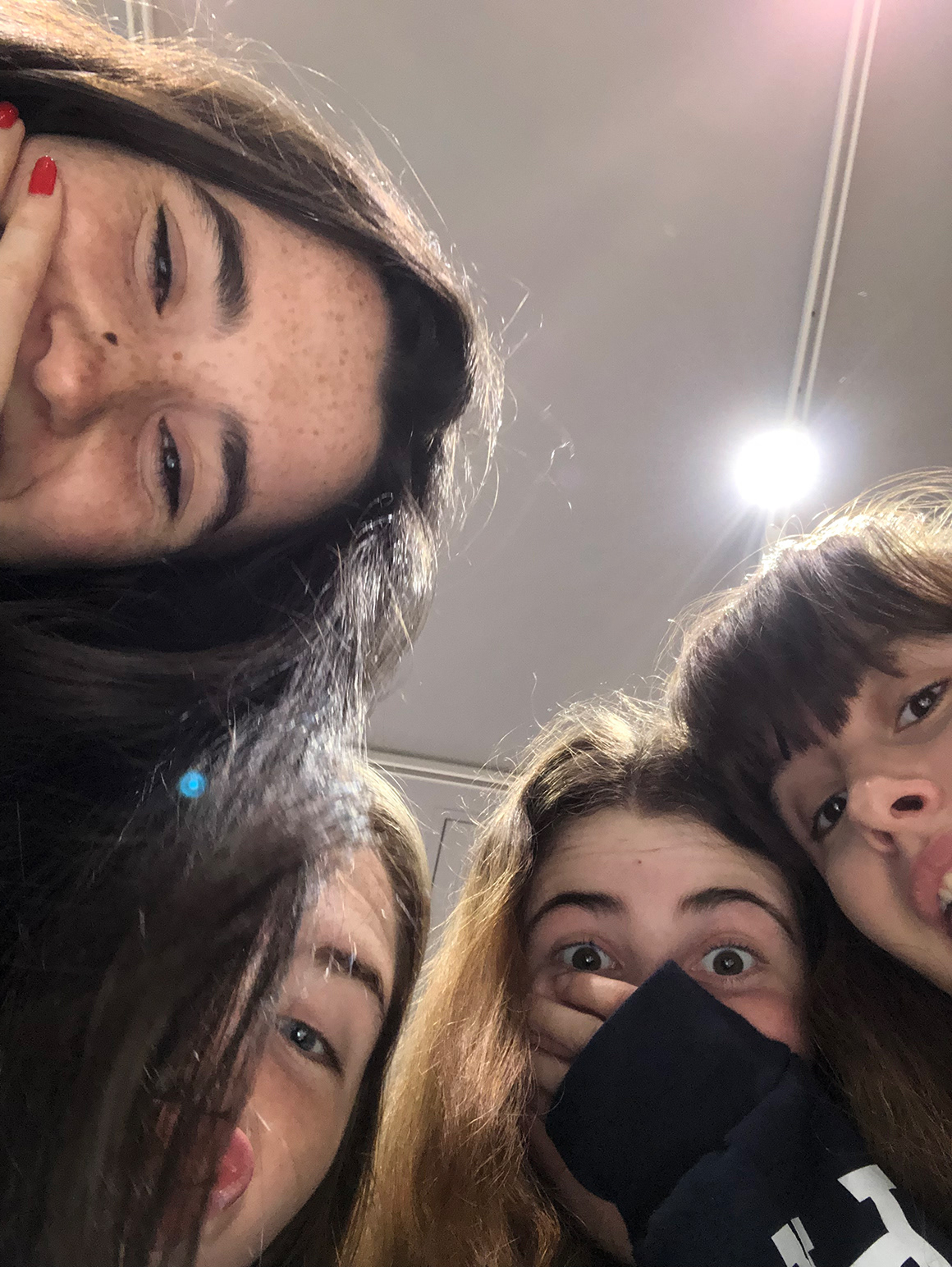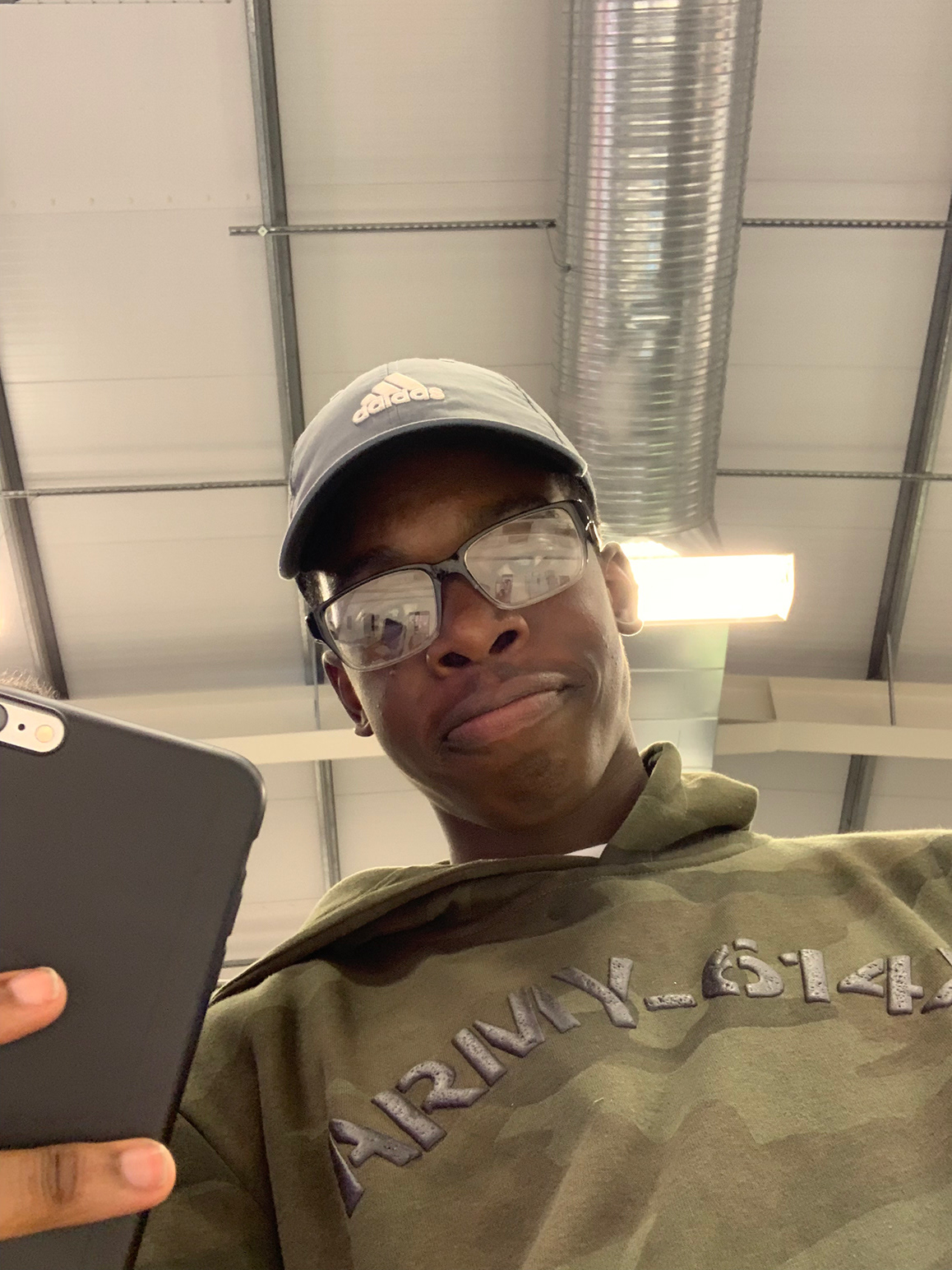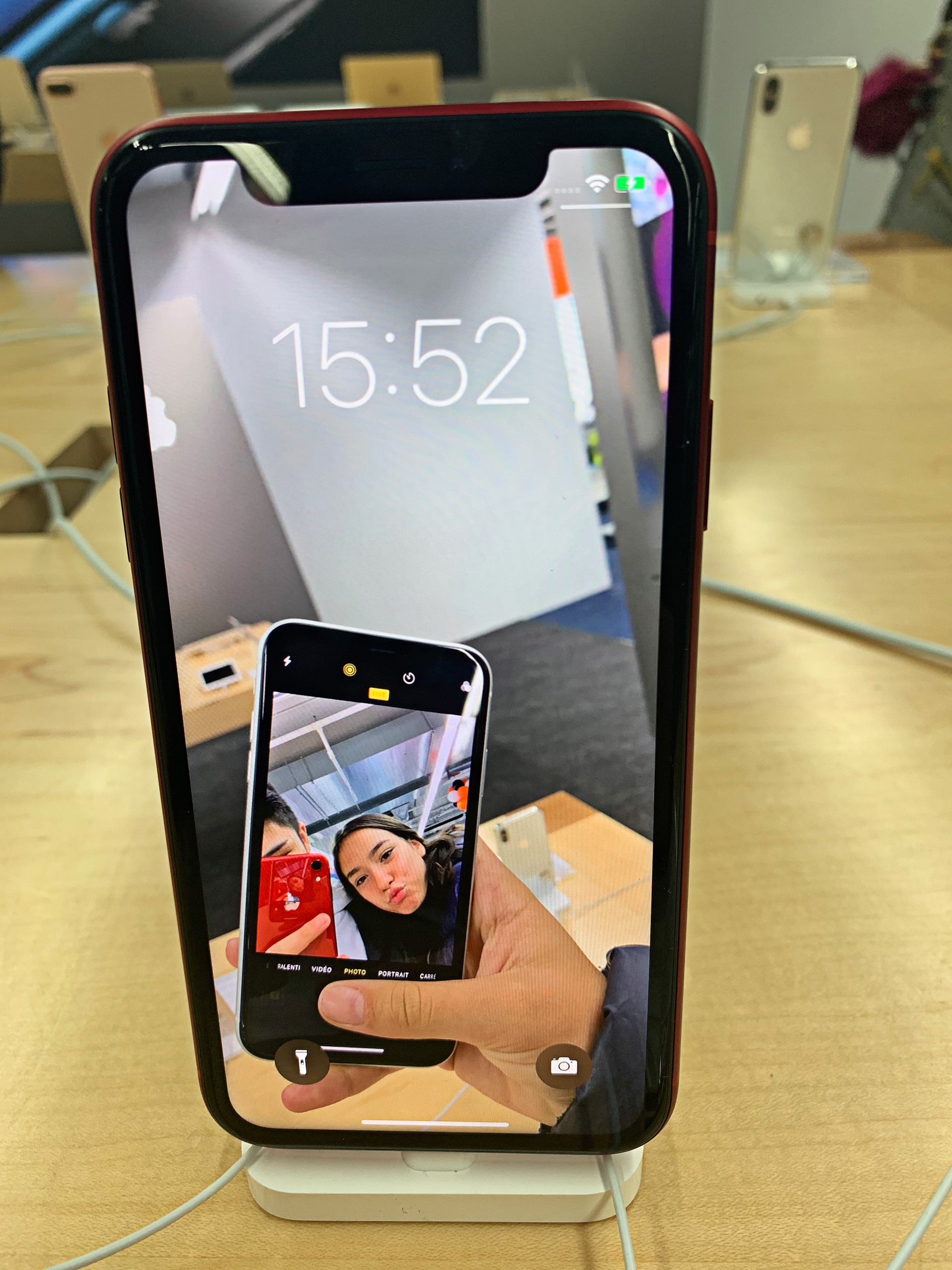Started in 2018, this is a series of photographs collected from phones on display in a range of retail outlets.
The stores provide an array of the latest devices for potential customers to examine in a try-before-you-buy approach. It's a successful model as at any given time, one will find individuals or groups of friends clustered around the countertops opening up apps, discussing the latest features, comparing with their own phones and invariably checking out the camera which is usually the major component of any marketing campaign and a prime motivator driving the need to upgrade.
On examining these phones, it is usual to try out the camera and then take a look at the results and view the pre-loaded gallery which demonstrates its versatility in a variety of situations and sometimes exotic locations. In the midst of these depictions of idealised families and groups enjoying adventurous holidays or celebrating happy occasions, one will find photos left behind by previous browsers.
Since the phones are normally tethered or clamped in some way these images may be restricted to the limited space below the device and consist of a tangle of cables or a persons finger but typically show the last user peering down into the rear-facing camera against a backdrop of ceiling tiles and down lighters. This is a view which is now all too familiar to people communicating and remote working through zoom calls and so on.
These images show private moments left carelessly for all to see with scant regard for the implications; unguarded reflective self portraits or posing for oneself or acting out with friends. They could also operate as a sort of digital graffiti, a virtual "I was here" on an ephemeral blank wall. Presumably store staff are tasked with clearing out these images and GDPR requirements probably demand this, so it is a somewhat less common occurrence than previously however it was still possible to find these abandoned selfies in the pre-Covid world - for hygiene reasons there are restrictions of leaving devices out to be handled by multiple users.
Prior to this, it was possible to transfer images between compatible phones which is how these were collected or in other cases it could be achieved by a simple photograph of the device displaying the image. At a time when surveillance and privacy are frequently debated and there is much concern about young people on social media and so on, this series exemplifies the paradoxical relationship we have with the digital world. On the one hand we can be so cautious about privacy and identity theft and yet share the most intimate details with total strangers. Perhaps because the phone is a small intimate object which goes with us everywhere, it feels personal and private thus it is possible to share things with a vast unseen object but not feel on view.
